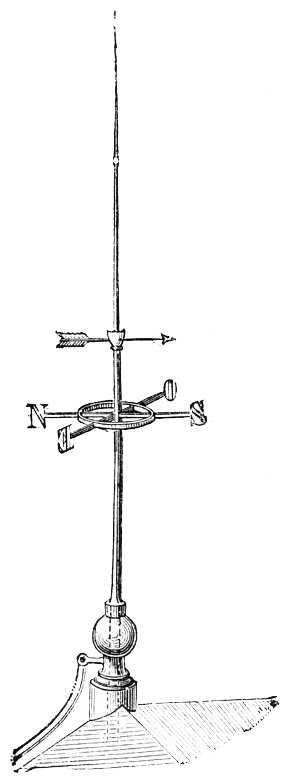I’m not a big music person. Well… I mean, I don’t buy a lot of CDs. I’ve got tons of music from CDs I bought years ago, plus plenty of other music, but I think I can understand what people who like music are facing with regard to music piracy issues and CDs.
This article about Sony’s most recent attempt to slow CD copying was interesting. I had no idea that Sony – or any companies – were embedding software on music CDs to keep them from being copied too many times:
What’s on that music CD, anyway? – http://www.msnbc.msn.com/id/9973890/
According to the article, Sony has put this “software” on about 20 MILLION CDs… now, forget about the fact that Sony did not get permission from you to install the software. Let’s look at some other points:
- The “software” installs itself without you knowing.
- The “software” cloaks itself when it is running so that you don’t know it’s there (and neither does anti-virus software.)
- The “software” uses processor time/cycles/power to run.
- The “software” runs ALL the time – even if you don’t have a CD playing.
- The “software” can apparently be exploited by hackers to do other things on your computer – including HIDING other, more harmful “software” on your computer.
From the bullet points above – does this sound familiar? Maybe like some of the spyware and adware that is currently on your computer that you don’t know about? Yes – spyware. That stuff that eats up computer processing power, gets installed without you knowing it, runs all the time, and opens doors for other spyware and junkware.
So… think about what you’ve just read, then read this article about a guy who installed “software” on other computers without the users knowing it for the purpose of hacking and making money:
…held without bond – http://www.msnbc.msn.com/id/9977279/
Here’s the answer for the music companies:
Create a new technology that allows you to manage your copyrights. CDs were invented for a different time. We aren’t using 486 computers and a dial-up modem to read bulletin boards anymore. Technology has moved on – take the hint.
